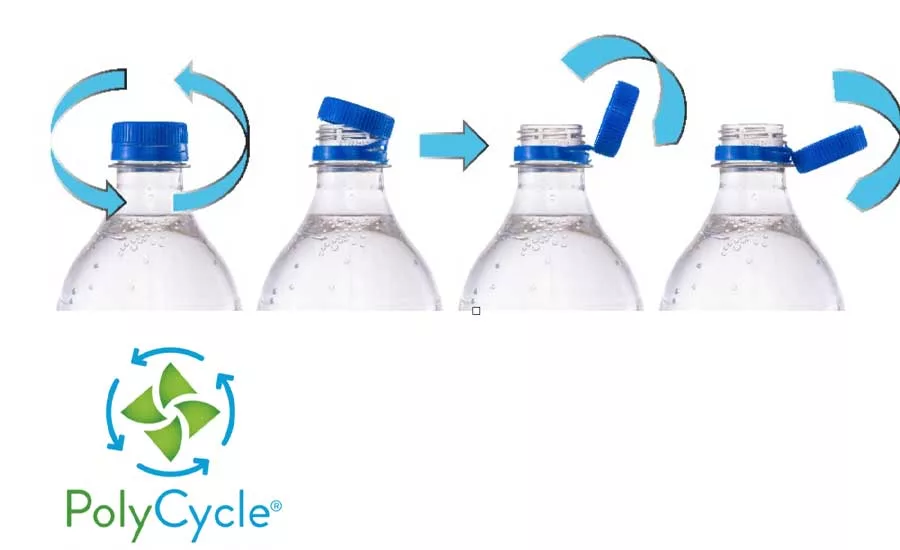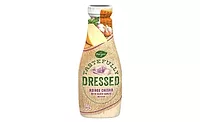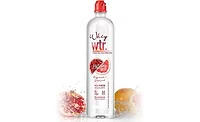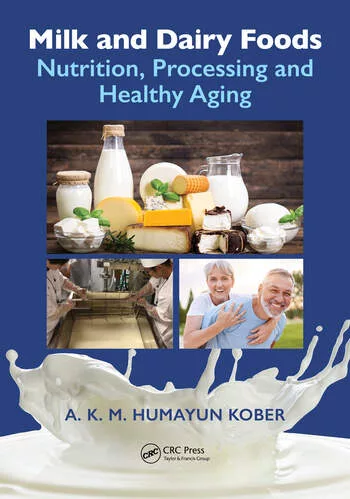Packaging Materials
Innovative closures boost nutrition, sustainability
Caps and closures help beverage brands deliver on goals, promises

Although a small part of a large package, caps and closures play a sizable role within packaging. Impacting everything from recyclability and ease of use to its potential to preserve nutrition, caps and closures experts highlight recent trends are spawning the development of the next generation of caps and closures.
Clint Rush, director of marketing and business development for Closure Systems International (CSI), Indianapolis, says one current trend influencing the market is the growing base of baby boomer consumers. With many in the demographic aged 60 and older, a demand has emerged for closures that are more ergonomic and intuitive to use.
“The design elements [of the closure] must enable the dispensing closure to be intuitive, easy to open, avoid producing unwanted waste, not interfere with the drinking experience, be comfortable to drink from and must be easy to close securely,” Rush says.
Catering to millennial demands, some caps now offer personalization, instant gratification and connectivity. For example, CSI offers Talkin’ Cap, which uses embedded Near Field Communication (NFC) tags on the inside of closures to ensure product safety, and reduce brand owners’ liability by protecting against counterfeiting and “gray market” activities throughout the distribution stream.
“[Talkin’ Caps] also allow for real-time consumer interconnectivity at the point of consumption, giving brand owners the unique ability to have dynamic interaction and gather actionable insights based on consumer location and usage history,” CSI’s website states.
It adds that Talkin’ Caps are an app-less way to drive marketing content, brand and product information, gamification, loyalty programs, awards and coupons to connected consumers.
Sustainability in closures
Like many packaging industries, caps and closures suppliers are adjusting portfolios to support the growing demand for sustainable materials and solutions.
“In recent years, we have seen a noticeable increase in the amount of sustainable-focused content and commitments set forth by not only major brands but suppliers as well, due to pollution milestones, consumer interests, and increasing calls for regulation — all of which have put pressure on manufacturers and retailers to evaluate actions that address extended producer responsibility,” CSI’s Rush says.
He notes that in recent months, California passed bill AB793 that requires plastic bottles to average at least 15 percent post-consumer resin (PCR) beginning in 2022. The mandate will subsequently require an increase to 25 percent in 2025 and 50 percent in 2030.
AJ Miller, director of marketing at Downers Grove, Ill.-based Silgan Closures, says New Jersey is working on a similar law.
“Packaging manufacturers are now driven to increase our use of PCR because many of our accounts have sustainability goals targeting certain levels of PCR in their packaging,” he says. “We want to help them achieve their goals.”
Although this is a positive initiative, one of the challenges for food and beverage packaging manufactures is the limited supply of PCR resin, Miller notes.
“We need very clean PCR, typically from milk jugs, so that the packaging will not affect the taste and odor of the product being packed,” he says.
Silgan has a strong foothold in the sustainability space already, as Silgan’s plastic, steel, and aluminum closures are all 100 percent recyclable.
“In fact, our steel and aluminum closures are infinitely recyclable,” he says. “They can be made into caps, recycled, made into caps, recycled again ... forever.”
Meanwhile, CSI is developing a next generation flip-top, which ensure that the closure stays with the bottle for recycling and meets the requirements of regulations in the European Union and potential legislation in the United States. The Twist and Flip tethered closure is scalable to many existing neck finishes and acts as a drop-in replacement that stays attached to the bottle, the company says.
“Our 28mm Twist and Flip closure boasts an intuitive, consumer-friendly design that is intended to be twisted open until the top is able to hinge, which allows for consumption without removal of the closure,” he says. “It can be reapplied by closing the hinge and twisting to close. We anticipate this offering to be commercially available beginning early 2021.”
He adds that CSI’s PolyCycle PCR is FDA-approved for the food and beverage industry and has best-in-class organoleptic properties. The closure is commercially available for applications in still and sparkling water, carbonated soft drinks, non-carbonated beverages, and liquid dairy markets, as well as in various food and personal care applications.
Inside that counts
However, packaging trends are not the only factor impacting caps and closures. As beverage manufacturers develop wellness solutions, it will influence ingredients in the package as well as the packaging itself, Rush says.
He adds that packaging and closure companies will need to help brand owners protect the integrity of their natural products while also helping them effectively communicate their wellness benefits and differentiating their packaging from the sea of other competing products.
CJ Rapp, chief executive officer at Karma Culture LLC, which uses the Karma Push Cap dispensing cap on its beverages, says such caps are designed to better protect “beverage integrity,” preserving the active ingredients in functional beverages.
“Consumers are still learning that their premixed beverage is under delivering on efficacy,” he says. “For example, kombuchas don’t deliver on the stated levels of CFUs, or they no longer publish the CFU level because they know it can’t be achieved.”
Rapp says the need for beverage manufacturers to better protect active ingredients is farther reaching than probiotics, extending to other functional ingredients including CBD.
Rapp predicts that beverages customizable on a per-person basis will become a growing trend, meaning beverage brands should carefully consider a closure’s ability to help a beverage deliver on nutrition claims and promises.
As beverage-makers look to support consumer demands, CSI’s Rush emphasizes the importance that packaging design has on the brand.
“The closure should be an integral part of the package design. The cap color, shape, feel, graphics and printing should communicate the brand’s identity and provide differentiation from competitive products on the store shelf,” he says. “The material used greatly impacts not only the aesthetics of the closure design, but also its functionality.”
As manufacturers continue to innovate across beverage, food and other packaging segments, caps and closures must offer shelf-differentiation and enhanced functionality, and allow for unique brand identity, Rush adds.
Looking for a reprint of this article?
From high-res PDFs to custom plaques, order your copy today!









